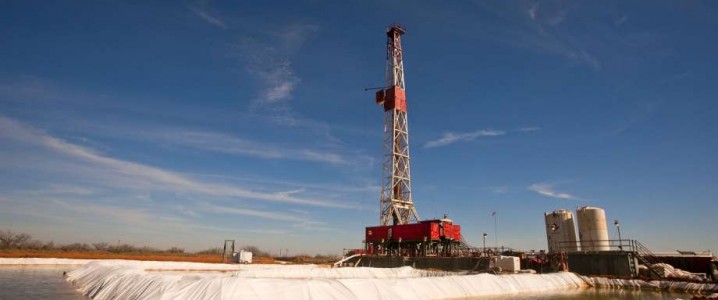While U.S. natural gas futures gained more than 4% on Monday, natural gas in the Waha part of the Permian Basin was falling and trading close to zero, traders told Bloomberg on Monday.

Flourishing natural gas production in the Permian has swamped pipelines, putting an undue burden on takeaway capacity, resulting in an oversupply situation that has caused natural gas prices to sag to as low as 20 cents per MMBTU, traders have reported, and up to 70 cents per MMBTU.
That compares with overall U.S. natural gas futures that are trading at more than $5 per MMBTU. Meanwhile, Europe’s nat gas prices are upwards of $25 per MMBTU. U.S. natural gas futures were up on Monday as hopes that several LNG plants were expected to come back online soon after weeks of maintenance, including Cove Point LNG and Freeport. Those prices were as high as $8 per MMBtu in September.
But scheduled maintenance for Gulf Coast Express and El Paso Natural Gas pipeline systems continue to dampen exports for Waha. Kinder Morgan is conducting maintenance at its Gulf Coast Express Pipeline beginning on October 25 at its Rankin, Devils River, and Big Wells Compressor Station. KMI expects the volumes to be reduced to 1,325,000 on Tuesday and Wednesday, and to 1,125,000 on Thursday and Friday. KMI’s EL Paso Natural Gas Company is expected has had a rash of maintenance performed on multiple lines since the beginning of October.
U.S. natural gas production was up last week, and the warmer weather has added to U.S. storage inventories.
Waha is the key natural gas pricing point for Mexico.
The Permian basin has been plagued by takeaway capacity constraints, “making the region more susceptible to sudden gluts and price volatility,” Campbell Faulkner, chief data analyst at OTC Global Holdings LP, told Bloomberg.
Waha gas went negative 20 times in the last 3 years, data analyzed by Bloomberg showed.
By Julianne Geiger for Oilprice.com




